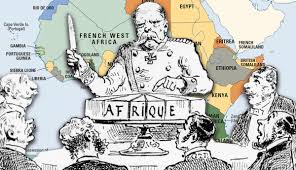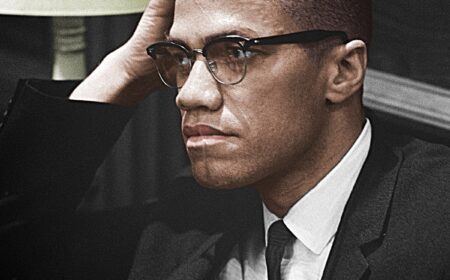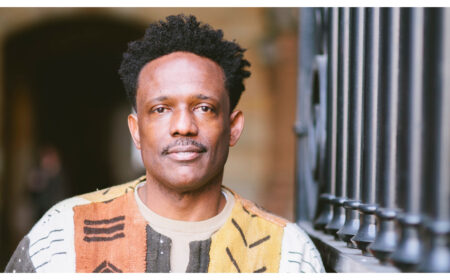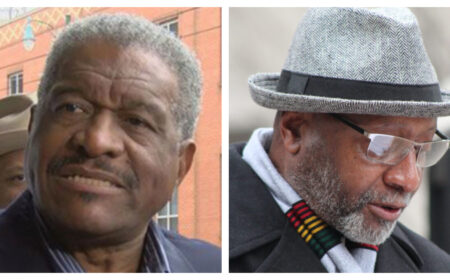Uncovering the Ruins of an Early Black Settlement in New York

By
A scientific survey in 2005 of the grounds in Central Park where Seneca Village was believed to have been. Credit Mario Tama/Getty Images Q. Near the West 85th Street entrance to Central Park, there is what appears to be the corner of a foundation. What was it?
A. The foundation is a testament to Seneca Village, one of the first communities of black landholders in New York, which was destroyed in 1857 to create Central Park.
In 1853, after weighing several options for a great municipal park modeled after those of London and Paris, city officials selected a mostly vacant tract of land between Fifth and Eighth Avenues, and 59th and 106th Streets.
While more than 1,600 people lived in the footprint of the future Central Park, including the nuns of the Academy of St. Vincent and a number of farmers, the nearly 300 residents of Seneca Village represented the most concentrated population.
Seneca Village was between about West 81st and 89th Streets, and what would have been Seventh and Eighth Avenues, southwest of today’s Jacqueline Kennedy Onassis Reservoir. The site is marked with a plaque honoring the community’s history.
It’s easy to see why the city picked this terrain for a park: the ground undulates, and bedrock pokes through at regular intervals. In other words, it’s not the easiest place to build the dense housing required by a growing city.
Neither housing nor open space was much of a concern in 1825, when a black shoeshiner named Andrew Williams bought three lots there; the area was several miles from the center of New York City, then concentrated below 14th Street. Several other black residents soon joined him in buying property, as did the African Methodist Episcopal Zion Church, whose building likely sat atop the foundation. (Seneca Village eventually boasted three churches, one of which housed Colored School No. 3.)







